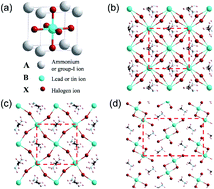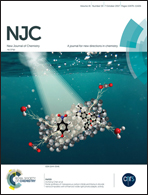Current progress and scientific challenges in the advancement of organic–inorganic lead halide perovskite solar cells
Abstract
The solution-processed organic–inorganic lead halide perovskite solar cells have recently emerged as promising candidates for the conversion of solar power into electricity. The certified power conversion efficiencies of these solar cells have rapidly increased from 3.8% in 2009 to 22.1% in 2016. Although the certified experimentally observed value of efficiency of perovskite solar cells to date is up to 22.1%, some main issues such as stability, lead toxicity, and hysteretic behavior in I–V characteristics in addition to high efficiencies have been creating problems regarding their industrial applications. Theoretical results to date have demonstrated that the organic–inorganic lead halide perovskites exhibit a series of superior electronic and optical properties for solar cell applications, such as proper electronic band alignment, controlled doping ability, lattice point defects, ferroelectric properties, dynamic disorder, domain walls, and local structural properties. In this review, the important properties required to produce highly efficient perovskite solar cells are discussed based on experimental and theoretical studies. We also present the key scientific challenges and future research directions for the development of this field regarding their commercialization.

- This article is part of the themed collection: 2017 Focus and Perspective articles


 Please wait while we load your content...
Please wait while we load your content...